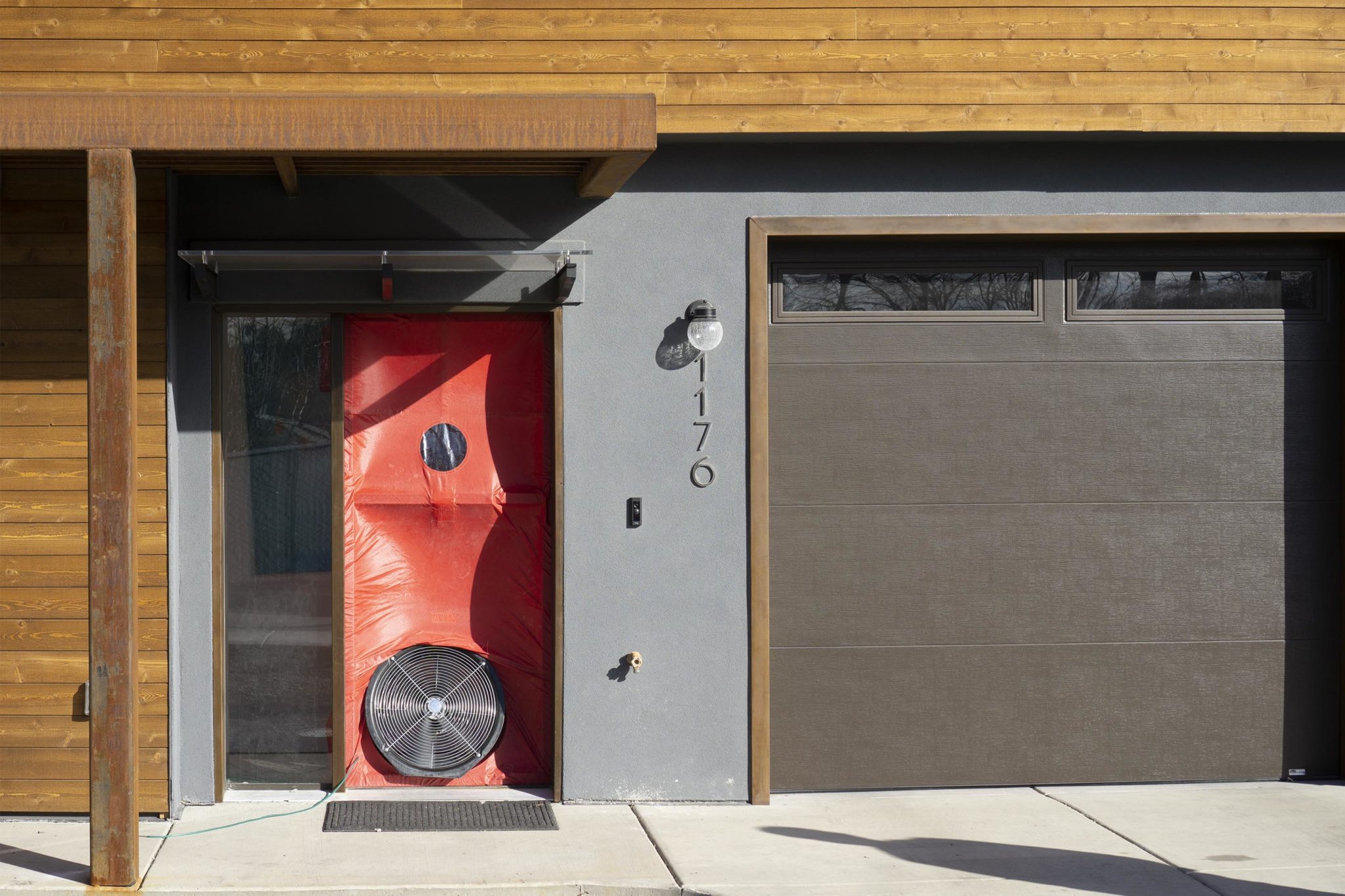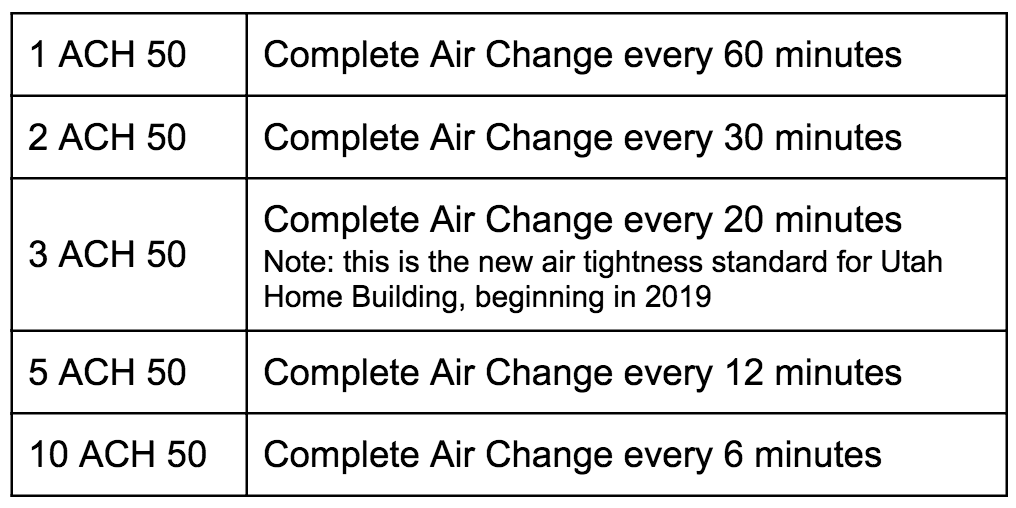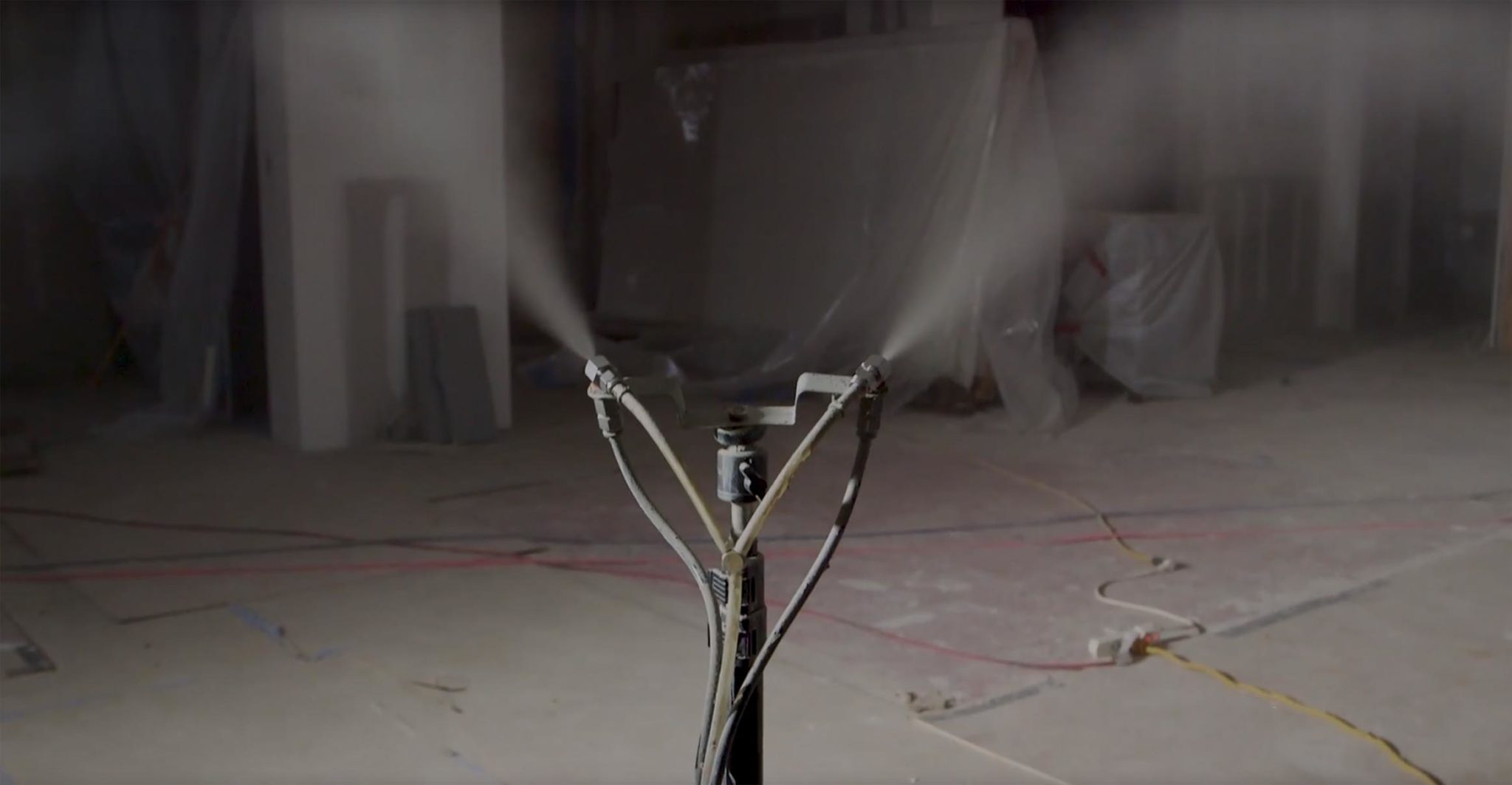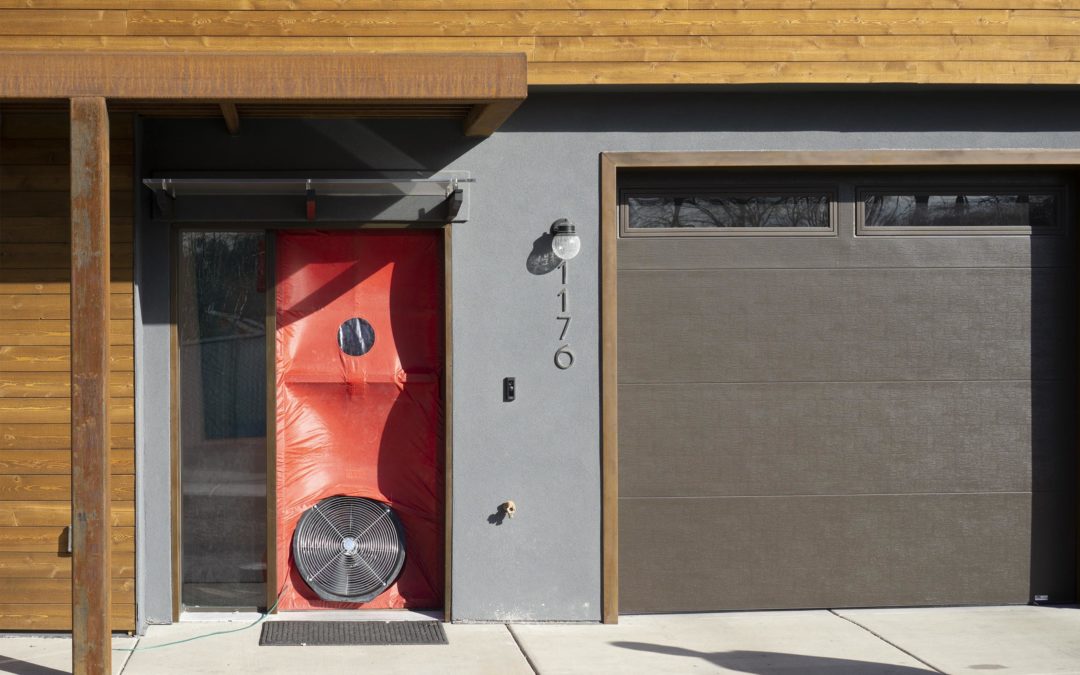Leaky Homes
My house was built in 1955, and is far from airtight. The same problem rears its head in the summertime, when I have to blast the air conditioning because the house leaks so much air.
Air Changes per Hour, or ACH, is a term used in the building industry to talk about air tightness. ACH is a number that helps explain how much air leaks out of your house.
In other words, ACH tackles the question, “how long does it take for all of the air to leak out of my house.”

Photo by Medena Rosa on Unsplash.
What is an ACH of 1?

Okay, this isn’t a full line change, but it is hilarious.
How Do You Calculate ACH?

Blowing the air out puts negative pressure on the house, and the tech measures how much force it takes to get the house up to 50 pascals of pressure, which is the equivalent of a 20 mph wind. If it takes very little force to get to pressure, then your home is really air-tight. If it takes a lot of force, then it means your house leaks lots of air.
Once they know the force, the tech can plug that number into a formula and calculate the air changes.
Here’s a quick table to help you see what different ACH scores mean:

Actual air change rates are actually relative, because they depend on outside temperature, pressure, and wind speed. That’s why the blower door test is used, in order to standardize the air leakage measurement.
What is a Decent ACH Score?
Most homes built in 2018 have an ACH score around 3-6 ACH. In Utah, where we operate, code only requires a score of 6 ACH or better, but that is changing next year and will be reduced to 3 ACH.
The very best homes have an ACH score below 1 ACH, and ultra-efficient homes are in the range of 0.2-0.6 ACH.
If you are looking into buying a home, and want one that is air-tight, then ask your builder about the ACH score and what their homes typically score. If they make homes that have a 2 ACH or lower then they are building pretty tight homes. If they are over 2 ACH then they probably aren’t taking air tightness seriously, and do as little as possible to mitigate air loss.
Traditional construction methods use materials and processes that leave a lot of gaps in the building. Many of those gaps are small, but when there are small gaps all over the house, they add up to significant air leakage.
How Does AeroBarrier Help ACH?
Even then, there are smaller gaps that they miss, simply because they can’t find them, so ultra-efficient home builders often spend weeks on air tightness, over-compensating so that they can cover everything.

What’s more, we can dial-in your desired air-tightness and guarantee results. If you want a 0.5 ACH score then we can deliver it. What usually takes builders a week or more to do can be done in an afternoon.

